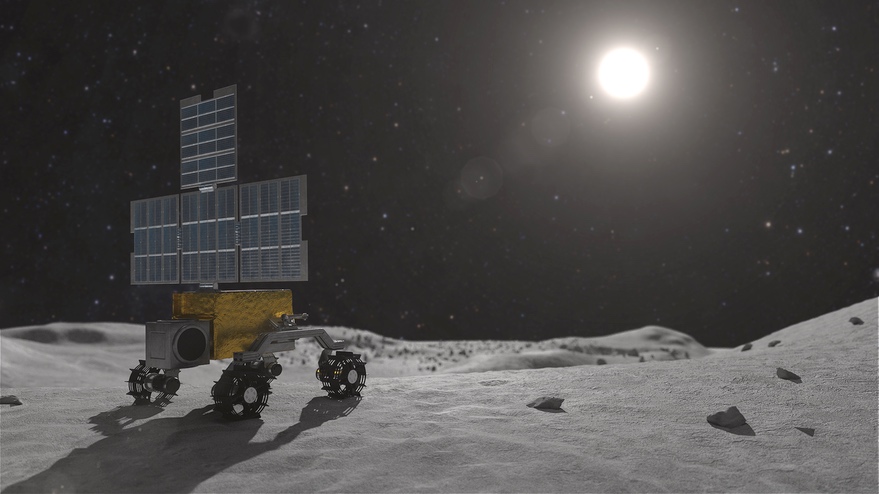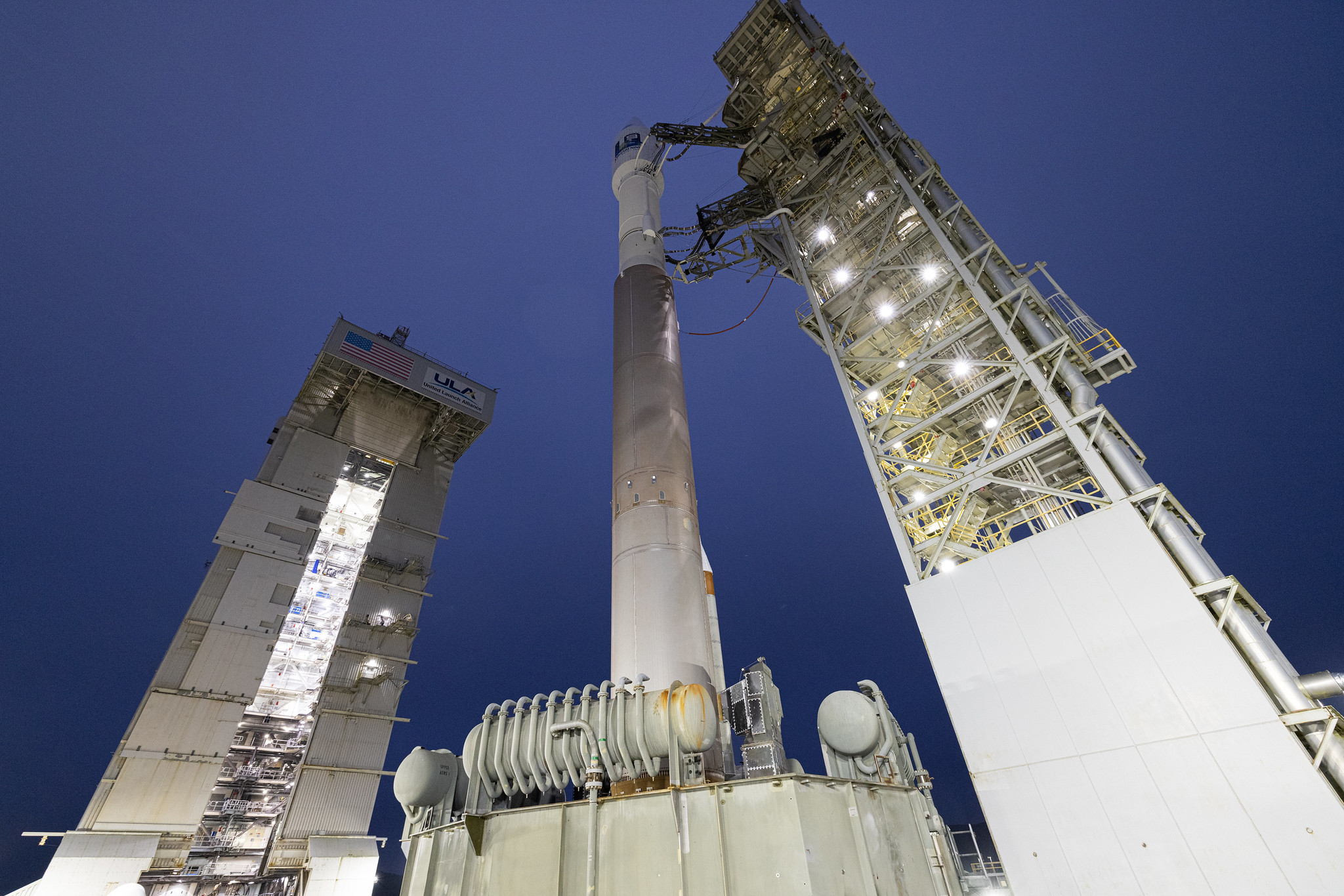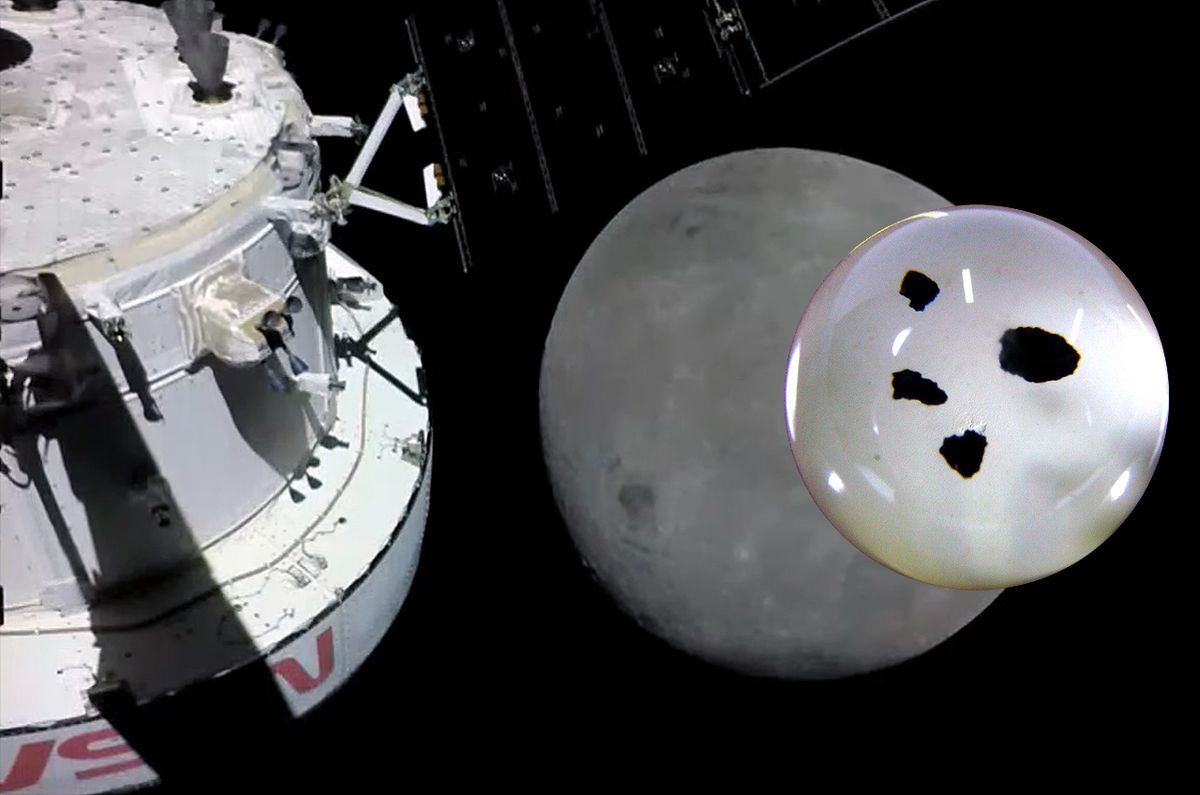A Canadian startup is developing a lunar rover to deliver energy

WASHINGTON — A Canadian startup is developing a rover it plans to launch to the moon in the next few years to power other spacecraft on the lunar surface.
Toronto-based STELLS announced on Nov. 21 its plans to develop a Mobile Power Rover (MPR) that will generate power from its solar panels and transfer it via wireless charging to other vehicles on the lunar surface. Its MPR-1 rover is scheduled to launch by 2025 as a payload on the Intuitive Machines lander to the south polar regions of the Moon.
In an interview, Alex Kapralov, executive director of STELLS, said he founded the company to develop a rover for scientific missions. “We found challenges in terms of power and mobility for small and medium-sized rovers and even human missions to be able to get enough power in the permanently shadowed regions” of craters at the moon’s poles, he said.
He said the company briefly considered using a radioisotope thermoelectric generator on its rover, but technical and political issues ruled it out. Instead, the company decided to look for a rover that could generate and transmit solar energy to other vehicles on the lunar surface.
The rover will transmit power using wireless technology as it moves toward the customer’s vehicle. Another approach would be to leave a wireless charger in the crater and then force the rover to exit the crater into sunlight, allowing it to generate power and transmit it via a cable to that charger, which other vehicles would travel to.
Kapralov said the company has finished the rover prototype and started work on a “proto-flight” model closer to the real rover. The MPR-1 rover, weighing about 30 kilograms, will primarily be a demonstration vehicle, but it expects commercial use of its power transfer capabilities. “We are planning partnerships with those who fly with us on the lander,” he said, although there are no official contracts yet.
STELLS is not the first company to develop a power distribution system on the Moon. Astrobotic announced plans for LunaGrid in September, which will combine its work on lunar landers with separate development of vertical solar panels optimized for use at the lunar poles. Tethered rovers will deliver electricity to customers.
Kapralov says his company’s approach is simpler if the rover generates its own energy. He added that STELLS is in talks with Astrobotic to fly the rover on a future Astrobotic lander mission; the company’s website lists Astrobotic as one of several co-authors along with Intuitive Machines.
Kapralov works in the technology industry, including serving as CEO of advertising technology company Pixfuture. “I’ve always thought about the space industry,” he said, but what inspired him to found STELLS was a conversation with a former space industry employee who convinced him that a mission like the lunar rover was “complex, but feasible. »
STELLS now has about 20 employees working out of the Toronto facility, he said. Kapralov is funding the company himself through his holdings, but he said he plans to seek outside investment and government contracts to support future work.
He did not disclose the estimated cost of building and flying the MPR-1, but said the biggest cost would be to transport the rover to the moon: about $1 million per kilogram, or $30 million for a 30-kilogram rover. “Building a rover itself is not something super new,” he said. “The main thing is how you make it simple and lively. That’s what we’re focusing on.”
The MPR-1 announcement comes a week after the Canadian Space Agency announced a $US43 million ($32 million) contract with Canadensys Aerospace Corporation to build a rover carrying six scientific payloads. This rover will go on NASA’s Commercial Lunar Payload Services mission to the moon no earlier than 2026. Kapralov said that while STELLS was originally working on a scientific lunar rover, it was not competing for the Canadian Space Agency’s mission.
“Every time I talk to people in the space industry and explain our project to them, they support it,” he said. “They see that all these missions need power. They must have redundancy for their missions. They want to go further, and we want to go further with them and provide them with power.”
https://spacenews.com/canadian-startup-developing-lunar-rover-to-deliver-power/ A Canadian startup is developing a lunar rover to deliver energy



